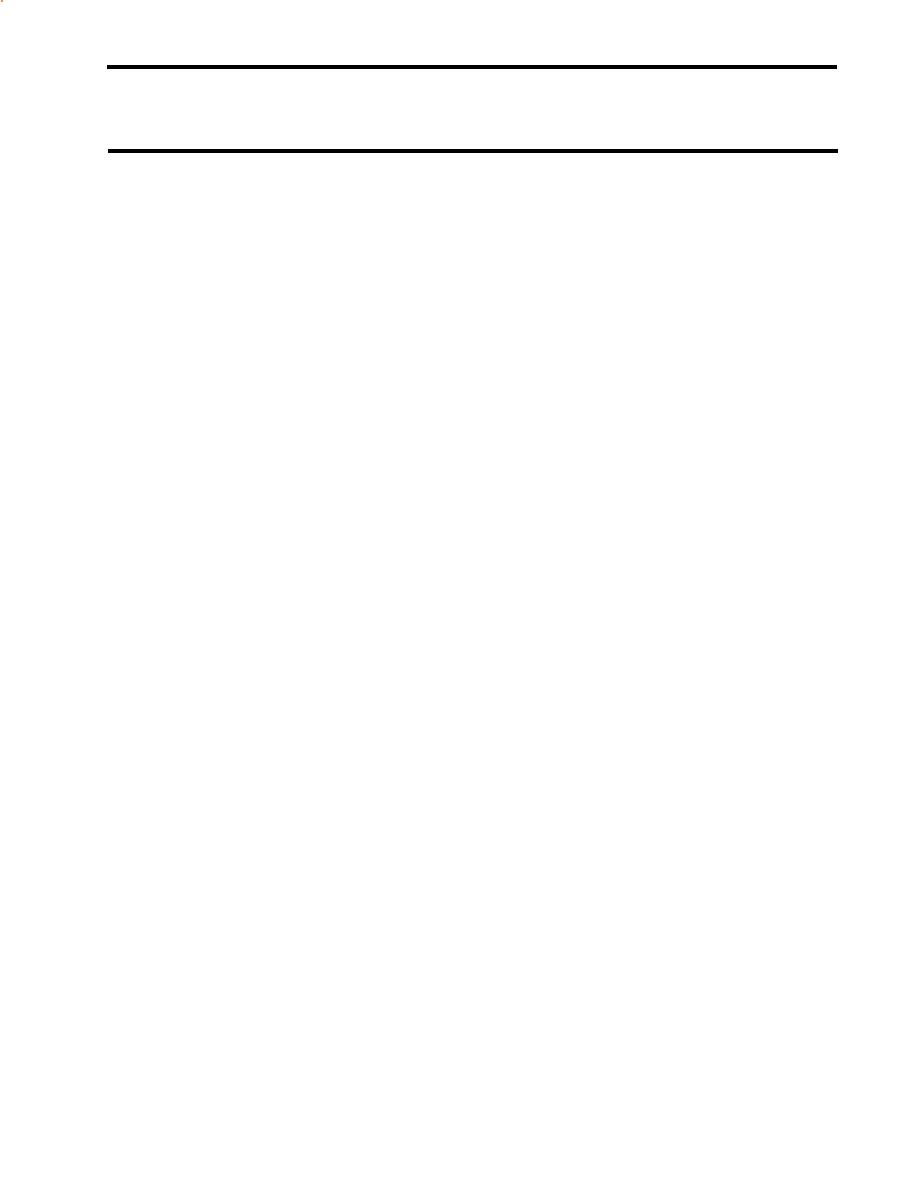
| Tweet |

Custom Search
|
|

|
||
 TM 55-1925-273-10-1
OPERATOR'S MANUAL
INLAND AND COASTAL LARGE TUG (LT)
THEORY OF OPERATION
PROPELLER SHAFTS AND PROPELLERS
GENERAL
The propeller shafts (figure 1, item 1) and propellers (figure 1, item 2) create AHEAD or ASTERN thrust for the vessel. The
propeller shafts are powered by the main engines (figure 1, item 3) through a two-speed reversing reduction gear (figure 1,
item 4). The output shaft of the reversing reduction gear is coupled to one end of each propeller shaft. On the other end of
the propeller shaft is the propeller.
PROPELLER SHAFTS
The propeller shafts (figure 1, item 1) transfer torque to the propellers (figure 1, item 2). The torque is generated by the main
engines (figure 1, item 3) and is transferred to the propeller shafts by the reversing reduction gears (figure 3, item 4).
PROPELLERS
The propeller (figure 1, item 2) is designed to operate in either a clockwise or counterclockwise direction. Direction of
rotation is determined by operator input into the reversing reduction gear (figure 1, item 4). Main engine speed controls the
thrust force. Displacement of raw water in a given direction generates an equal recoil force in the opposite direction, moving
the vessel.
SHAFT SEAL
Shaft seals (figure 1, item 5) are installed on each propeller shaft (figure 1, item 1). The shaft seal's function is to seal the
shaft alleys from leakage. Each shaft seal allows a small amount of raw water to leak past during rotation of the propeller
shafts. This leakage prevents the shaft seals from being destroyed by heat. The shaft seals may also be inflated to stop all
leakage during periods of extended layup. See figure 2 for details of the shaft seal.
SHAFT BRAKE
Each propeller shaft (figure 1, item 1) is equipped with a hydropneumatically operated shaft brake (figure 1, item 6). The
shaft brake system is designed to lock the propeller shaft when the reversing reduction gear (figure 1, item 4) is in NEU-
TRAL. When placed in NEUTRAL, the shaft brake actuator sends 1200 to 1500 PSI (82.7 to 103.4 bar) of hydraulic
pressure to the shaft brake, bringing the propeller shaft and propeller (figure 1, item 2) to a full stop. Movement of the
throttle 20 degrees AHEAD or ASTERN causes the shaft brake to immediately release. See figure 3 for details of the shaft
brake.
SYSTEM OPERATION
With the shaft seals (figure 1, item 5) manually deflated, and the throttle moved into the ASTERN or AHEAD position, the
shaft brakes (figure 1, item 6) are immediately released. The main engines (figure 1, item 3) and reversing reduction gears
(figure 1, item 4) plant begins to turn the propellers shafts (figure 1, item 1) and propellers (figure 1, item 2) in the desired
direction of rotation, causing the LT to move in the desired direction.
0020 00-1
|
||
 |
||